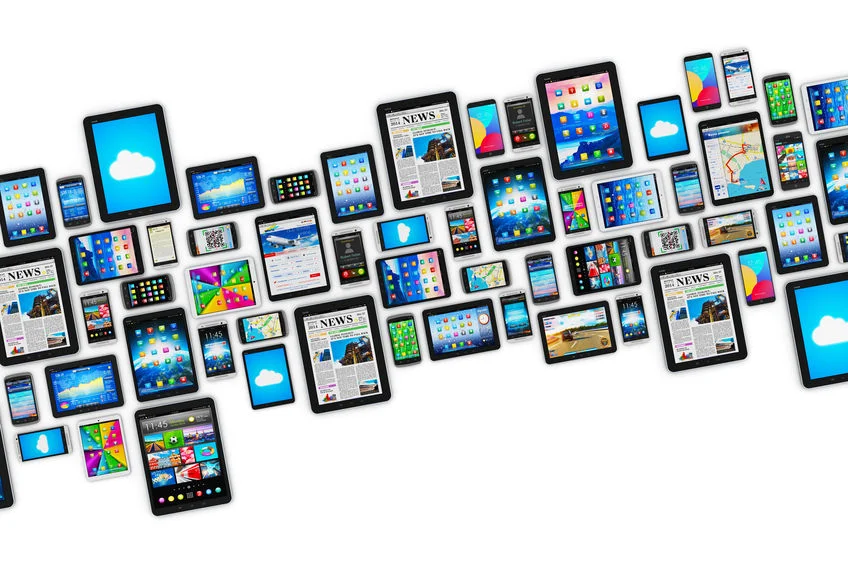Presentations: There must be a better way
By Laura Haight
Originally published as the Digital Maven in Upstate Business Journal, July 28 2017
It’s a familiar sight, repeated endlessly in board rooms, conference rooms, and ballrooms every day. The presentation.
Presentations serve a number of functions: from sales pitches to training programs. We have been doing digital presentations since 1990, mostly on PowerPoint. It took 13 years — when Apple introduced Keynote — for another application to challenge Microsoft’s supremacy. And it was not until 2009 that Prezi ushered in the era of ZUIs (zoomable user interface).
This month, a group of researchers from Harvard University’s Department of Psychology released the results of a study comparing the effectiveness of three presentation types: Verbal only, PowerPoint, and Prezi (representing the ZUIs out there). If you are not familiar with ZUIs in general or Prezi specifically, it as a graphical interface that enables users to arrange content including text, graphics, and images on one visual canvas; and to pan and zoom to animate that content.
Not surprisingly, the researchers found that audiences were more engaged and entertained by the ZUI presentations. Also not surprisingly, presenters liked designing in the ZUI interface the least, which is at least somewhat influenced by familiarity.
In the final analysis, however, the presentation itself is just a support mechanism for the speaker. Bad presentations created a demand for better tools, like ZUIs. But it's a poor workman who blames his tools. A geeked up Prezi can be no better than a PowerPoint because in the end, it is the speaker who matters.
Since presentations seem to be a fact of business and academic life for the foreseeable future, it is time to rethink them. A better presentation – one that supports the presenter’s efforts to engage, inspire, educate, or sell the audience – is really just four steps away.
Step 1: Cut out about half the words
We use the presentation as a visual display of a white paper: Lots of words, bullet points that go on for two or three lines, slides so lengthy they must be marked as “continued”. Some “experts” say the rule of thumb for words on a slide is 40. Others say six bullets per slide with six to eight words per bullet. Not counting the slide heading, I say more like 20 - or less. The presenter is the expert, in command of the material. What keeps an audience interested should be a compelling topic, delivered by an engaged and personable speaker. Look at Ted Talks. There are no slides, no presentations, no lime green type sliding across the screen. And yet audiences are enthralled. It’s the content, dummy.
Step 2: Add a picture -- one
If we reduce the text, how will we fill the slide? First, don't be afraid of white space. It can be powerful. But what should take up most of your slide is an image. One image. Not four or five images that fly in and fade out. The past five years have been a renaissance for photography. Responsive websites, social media sites, blogs, and newsletter templates now utilize designs that demand big, bold and dynamic photos. Presentations benefit from those strong eye-catching images as well. Fill your slide with an image, a strong head, and perhaps a few key bulleted points (yes, just one to three words each), to create the backdrop for you to tell your story.
Step 3: Stop the noise
I will never forgive Microsoft for including lime green on its color palette for text. Or fuschia. Stop using those. Consistent typography gives the viewer a framework for understanding how elements connect in a presentation. Consistency makes slides easier to follow, while constant changes in color, style, and size are jarring. You know what else is jarring? Text flying in, photos exposing themselves, gratuitous music.
Step 4: Stop the handouts
Nearly every presentation I have ever sat through has been distributed at the beginning as a handout. What’s wrong with that? Look around: Everyone is thumbing through the handouts looking for the answer to their question or section on their key topic. They are often not listening, they are reading the handout. That’s partly because presentations are too wordy, but it’s also an understandable byproduct of handing them out before the speaker starts talking. Get your audience’s attention back by holding back the handouts until the end. With less wordy presentations just getting the handout won't be as full featured. Consider emailing the presentation with a transcription of the talk to those who attended. See last week’s column on leveraging data points.
In an Inc. magazine interview, slide design guru Nancy Duarte suggests a three-second rule. "Think of your slides as billboards. When people drive, they only briefly take their eyes off their main focus, which is the road, to process a billboard of information. Similarly, your audience should focus intently on what you're saying, looking only briefly at your slides when you display them."
Yes, Prezi’s are cool when done correctly. So are PowerPoints. But it’s not the application that makes the presentation successful or compelling. The slides, whether well done or deadly dull, do not tell the story. You do.













